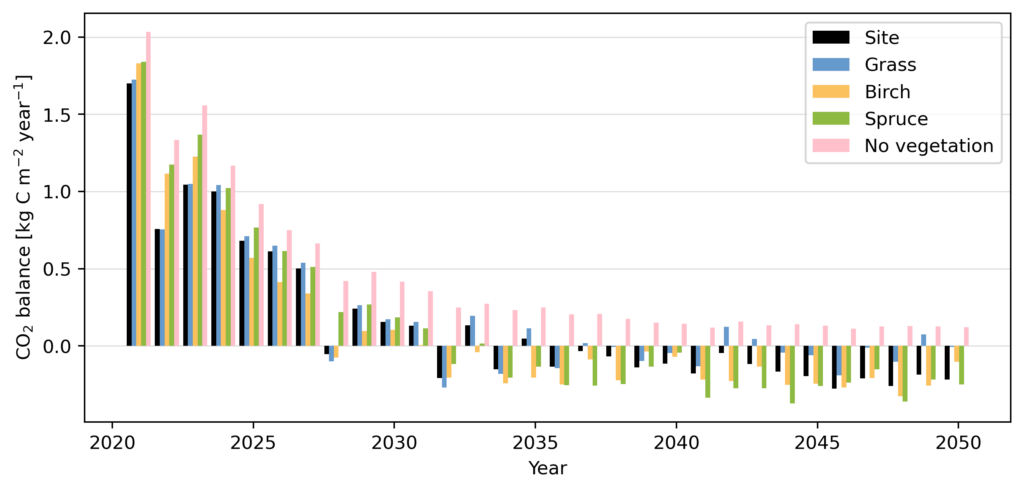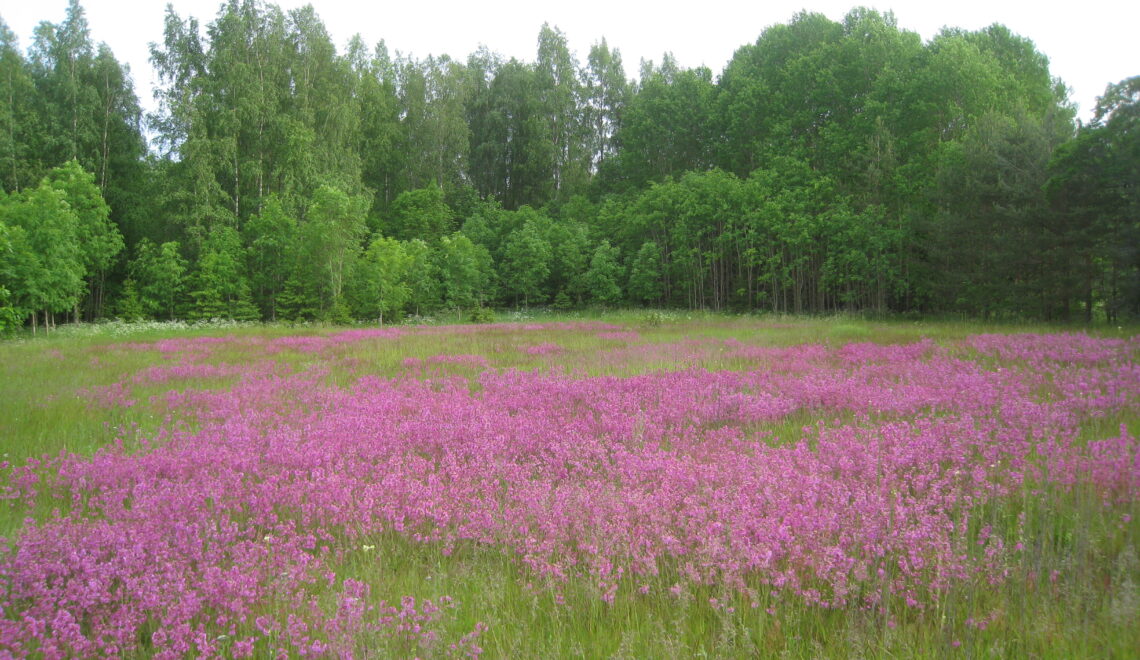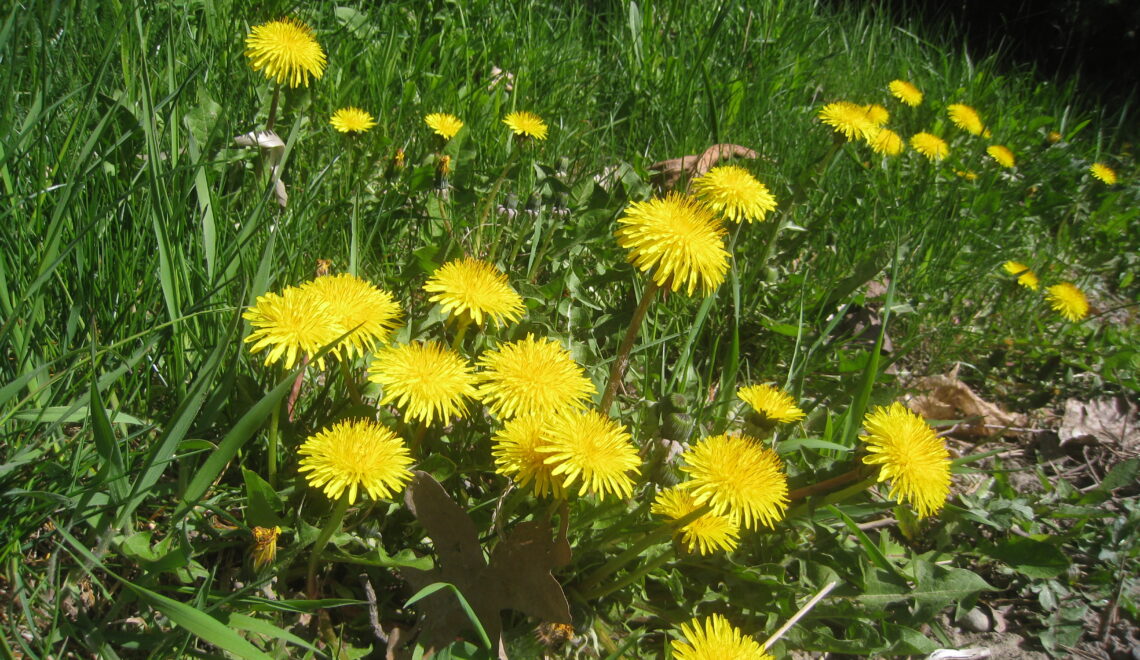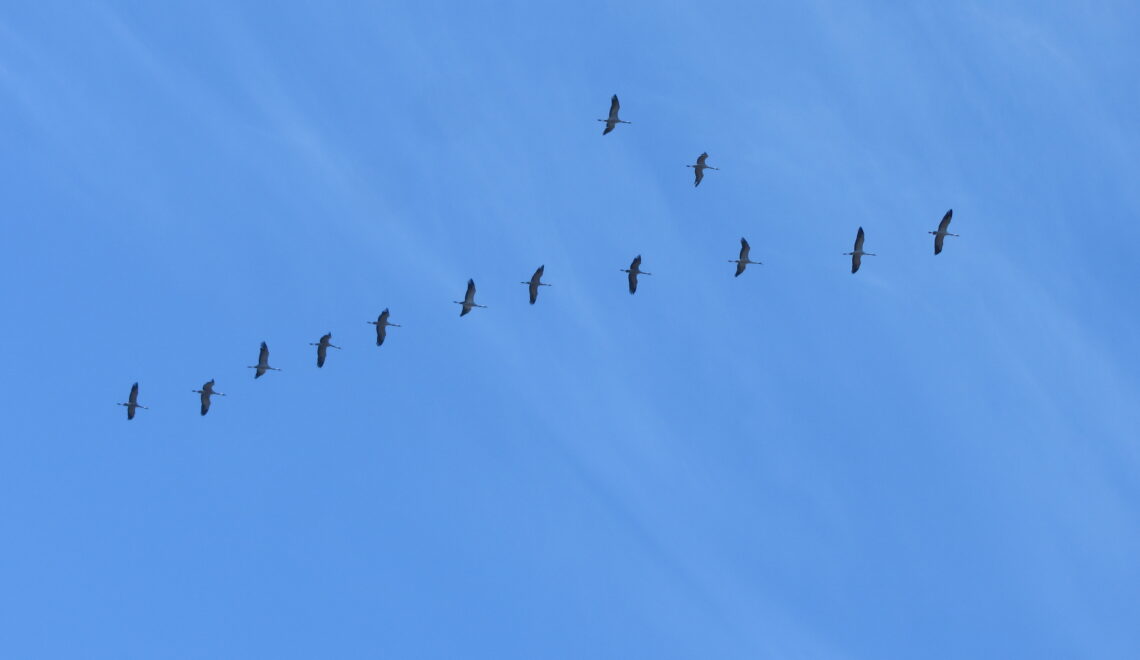Increasing carbon sequestration in land ecosystems is a common way to offset greenhouse gas emissions. We studied the carbon balance of an afforested wasteland site to demonstrate a method to quantify the offset units. The site manager spread an organic waste layer and planted spruce and birch seedlings with sown grass at the site. We monitored the carbon dioxide (CO2) balance and vegetation development for two years. We also projected the CO2 balance during the next 30 years using a process-based model and discussed implications for emission offsetting.
SUVI ORTTENVUORI, TUOMAS LAURILA, LEIF BACKMAN, ESKO KARVINEN, ELINA NIEMINEN, HENRIIKKA VEKURI, OLLI NEVALAINEN, JUUSO RAINNE, JARI LISKI, LIISA KULMALA
Finnish Meteorological Institute
Introduction. The lack of feasible means to monitor and forecast improved carbon sequestration in land ecosystems limits the applicability of these ecosystems in greenhouse gas offset projects. We developed an approach that combines measurements and modelling to produce these estimates. Here, we demonstrate this method by applying it to a use case and estimate the 30-year carbon balance of an afforested wasteland.
Materials and methods. The study site in Southern Finland (60.8°, 25.2°) is located on a one hectare plot, which had previously been a clay quarry. The soil was condensed clay with poor growth conditions hampering the forest to generate naturally. In early 2020, there was a sparse occurrence of grasses and herbs with some small but dead tree saplings standing after an earlier unsuccessful afforestation attempt. In spring 2020, the clay soil was levelled, and approximately 30 cm layer of mixed organic waste material (app. 17.4 kg C m−2, see the supplement) was spread on top. The organic waste was easily decomposing organic matter and was mainly composed of bark, woody materials and composted sludge. In June 2020, 850 spruce (Picea abies) and birch (Betula sp.) seedlings were planted and Festuca pratensis was sown on the site, but a notable share of the trees died soon after planting due to a heatwave with low precipitation. In early 2021, the densities of spruces and birches were 167 and 267 ha-1 with the mean heights of 22 and 41 cm, respectively. In 2022, the site was dominated by Festuca pratensis and naturally generated herbs, such as Chamaenerion angustifolium, Artemisia vulgaris, Cirsium arvense, and Tripleurospermum inodorum. After planting additional spruce seedlings, the densities of spruces and birches were 800 and 267 ha-1 with mean heights of 45 and 142 cm, respectively.
Continuous micrometeorological data were collected with eddy covariance method (Aubinet et al. 2012) from June 23 2020 to June 29 2022. Automatic measurements of air temperature and humidity, soil temperature and moisture, global and reflected solar radiation, photosynthetically active radiation, leaf area index and precipitation were also collected, and the site was mapped with aerial drone imagery. In addition, manual chamber measurements of CO2 fluxes were performed during the main growing season. The measurement instrumentation and data processing are described in detail in the supplement.
The soil properties and vegetation in the land surface model JSBACH (Kaminski et al. 2013) were set up to match the conditions at the site. In JSBACH the soil carbon dynamics are simulated with soil carbon model Yasso (Tuomi et al. 2009). The model was driven with hourly ERA5-Land reanalysis data of 2m air temperature, precipitation, 2m dewpoint temperature, surface solar and thermal radiation and 10m wind speed data (Muñoz Sabater et al. 2019) from June 2020 until June 2022. Model parameters related to soil moisture dynamics and plant growth were adjusted in order to replicate the measurements adequately. Then, the model was run for a 30-year period (2021–2050) forced with EURO-CORDEX data (Jacob et al. 2014) for different vegetation setups: 1) the factual vegetation assuming trees gradually take up land area from the ground vegetation, 2) only grass, 3) only birch, 4) only spruce and 5) no vegetation representing emissions arising mainly from the waste. All the model runs followed the RCP4.5 emission scenario. The model setup is described in detail in the supplement.
Results. Both the observed and the modeled CO2 exchange indicate that the site was a source of atmospheric carbon (Fig. 1). During the first two years, the observed annual net exchange of CO2 revealed net emissions of 2141 and 2136 g C m-2 from the site to the atmosphere. JSBACH was able to simulate the momentary CO2 exchange dynamics fairly well, but it underestimated the large CO2 emission originating from the decomposing substrate in June–July 2020 (Fig. 1). On average, the modeled CO2 exchange was 84 % of the observed one during the two measurement years. Furthermore, the manual chamber measurements agreed with the automatic observations of the fast decomposition of the soil substrate (see the supplement). The minor mismatch between the model and observations covered only a short period of the whole simulation time and affected all scenarios similarly. Therefore, it was not considered in the future carbon balance estimations.

All future simulations projected large positive net ecosystem exchange (NEE) during the first years (Fig. 2) due to large emissions from the decomposing organic material. The simulations for the site with the factual vegetation (setup 1) or for grass only (setup 2) projected smaller initial emissions than the simulations for trees alone (setup 3 and 4), due to higher photosynthetic production of grass compared to the small tree seedlings. In the second half of the simulated period, the dense spruce stand had the greatest sink of atmospheric carbon on an annual scale. The simulations with high grass proportion were sensitive to annual variations in the meteorological forcing and therefore a distinct annual source or sink of carbon was not established even during the end of the simulated period (Fig. 2). For the period from the beginning of 2021 until the end of 2050, the simulations predict a carbon emission of 4.2 kg C m-2 for the site setup, 2.9 kg C m-2 for only birch, 6.2 kg C m-2 for only grass, and 4.0 kg C m-2 for only spruce. The emissions from the growing media alone were estimated to be 13.3 kg C m-2, hence the afforestation in the manner it was actually performed, called the site setup, decreased 9.1 kg C m-2 of the emissions arising from the waste.

Conclusions. Afforestation is considered as a possibility to mitigate climate change in the land use sector. In this case study, the regeneration of vegetation was supported by bringing easily decomposable organic waste onto the site. However, high emissions from this substrate dominated the CO2 exchange between the site and the atmosphere during the first years. On the other hand, the emissions from the substate, i.e., waste material, would have occurred anyway, therefore the operation supporting the survival of vegetation did offset 9.1 kg C m-2 of the emissions arising from the waste during the following 30 years.
Acknowledgements. We thank the Academy of Finland via Flagship program for Atmospheric and Climate Competence Center (ACCC, Grant no 337552) and the Strategic Research Council working under the Academy of Finland (#335204). We thank Olivia Kuuri-Riutta and Pinja Rauhamäki for the help in the field work and Juha-Pekka Tuovinen for the help in footprint calculations. Juha Hatakka, Mika Aurela and Timo Mäkelä are acknowledged for their practical help.
References
Aubinet, M., and Co-authors, 2012: Eddy covariance: a practical guide to measurement and data analysis. Springer, 438 pp., https://doi.org/10.1007/978-94-007-2351-1.
Heimsch, L., and Co-authors, 2021: Carbon dioxide fluxes and carbon balance of an agricultural grassland in southern Finland. Biogeosciences, 18(11), 3467–3483, https://doi.org/10.5194/bg-18-3467-2021.
Jacob, D., and Co-authors, 2014: EURO-CORDEX: new high-resolution climate change projections for European impact research. Regional environmental change, 14(2), 563–578, https://doi.org/10.1007/s10113-013-0499-2.
Kaminski, T., and Co-authors, 2013: The BETHY/JSBACH carbon cycle data assimilation system: Experiences and challenges. Journal of Geophysical Research: Biogeosciences, 118(4), 1414–1426, https://doi.org/10.1002/jgrg.20118.
Muñoz Sabater, J., and Co-authors, 2019: ERA5-Land hourly data from 1981 to present. Copernicus Climate Change Service (C3S) Climate Data Store (CDS). (Accessed on <05-AUG-2022>), https://doi.org/10.24381/cds.e2161bac.
Tuomi, M., and Co-authors, 2009: Leaf litter decomposition – Estimates of global variability based on Yasso07 model. Ecological Modelling, 220(23), 3362–3371, https://doi.org/10.1016/j.ecolmodel.2009.05.016.
HOW TO CITE THIS ARTICLE:
Orttenvuori S., T. Laurila, L. Backman, E. Karvinen, E. Nieminen, H. Vekuri, O. Nevalainen, J. Rainne, J. Liski and L. Kulmala, 2023: Carbon balance of an afforested wasteland: A case study to quantify emission offset units, FMI’s Clim. Bull. Res. Lett., 5(1), 6–8, https://doi.org/10.35614/ISSN-2341-6408-IK-2023-04-RL
CITATION INFORMATION:
Authors: Suvi Orttenvuori, Tuomas Laurila, Leif Backman, Esko Karvinen, Elina Nieminen, Henriikka Vekuri, Olli Nevalainen, Juuso Rainne, Jari Liski, Liisa Kulmala
Received: Dec 8, 2022
Accepted: Mar 15, 2023
First online: Apr 13, 2023
Published: May 15, 2023
Journal: FMI’s Climate Bulletin Research Letters
Volume: 5
Issue: 1
Pages: 6–8
DOI: https://doi.org/10.35614/ISSN-2341-6408-IK-2023-04-RL
This article is part of the ACCC Special Issue.
Header image: Tuomas Laurila




